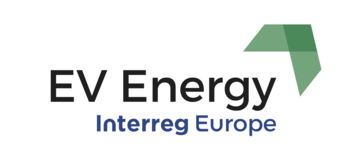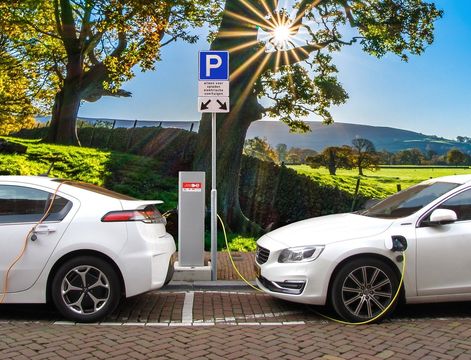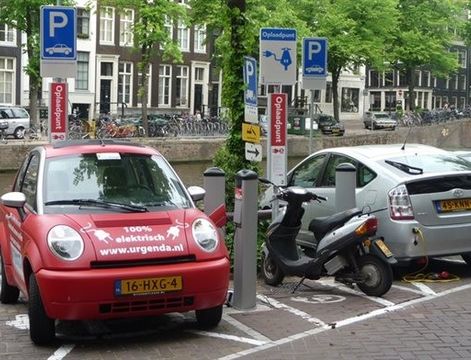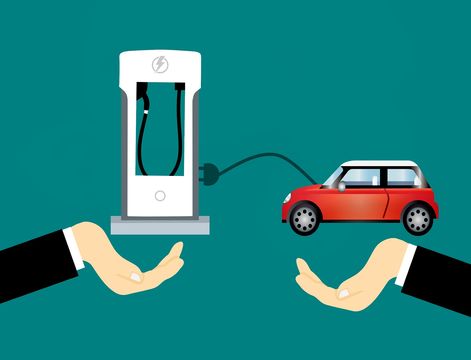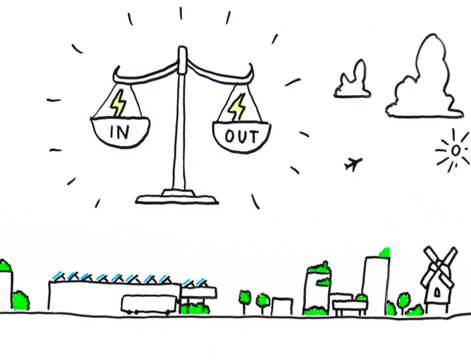The development of storage technologies, with progressive reduction of battery costs, together with the new Governmental incentives and a greater industrial competition are giving a great boost in Europe to the market of both plug-in hybrid cars and electric vehicles.
In Italy, policy measures that can expedite progress are placed in the National Strategic Framework of 14.01.2017 aiming to install a network of EV charging points (PNIRE), with the ambition to spread adequate e-infrastructures in the Italian territory for over 130,000 electric vehicles, adding to the current 9,000 e-charger points, up to 19,000 charge points including up to 6,000 “high power” charge points.
On 14 April 2018 Rome hosted for the first time the E-Prix, the Formula Electric Grand Prix that gave life to an unprecedented show of electric cars on a sensational circuit in the heart of the city’s Eur district. Immediately after the first E-Prix, in May 2018, the City Council of Rome approved a Plan for Electric Mobility, aimed at promoting the development of electric infrastructures. The Plan foresees an estimated need of 700 electric charging points for the Horizon 2020, considering an annual growth of electric vehicles in Rome equal to + 20%, based on an analysis of the estimate of the fleet of electric vehicles in the metropolitan area of Rome. The implementation of the Plan is ensured through call for tenders addressed to the private sector, with precise regulations on the modalities and conditions to implement e-infrastructures regarding:
- exemption from “concession” charges for the occupation of public land,
- signage to be adapted,
- technical documentation and authorisation process,
- duration of concessions.
Together with the City Administration of Rome, another key actor is the Regional Administration, in the management of electric mobility for the territory of the Lazio region.
The Lazio Regional Administration has focused its program on the daily commuting from the regional territory to the city of Rome: there are more than 800,000 of commuters a day to the workplace in the city centre, without counting the countless daily tourists from the Cruise ships of the Port of Civitavecchia, the daily students to the Rome’s universities, and the growing number of people who daily pours into Rome for health’s reasons to the hospital poles.
EV Energy involving the Lazio Region’s Mobility Management is the opportunity to launch a new Call for proposals aimed at creating new “Park & Ride” facilities, in the metropolitan area of Rome, mainly for daily commuters.
In light of the foregoing and with regard to the current process of good practices’ exchange and transfer within EV Energy project, the following 2 actions have emerged in the context of the Lazio region:
- Integration of renewable energy E & E-infrastructures into the aforementioned “Park & Ride” facilities.
- Awareness campaign: promotion of a new culture in favour of the low-carbon economy, aimed to break people’s distrust of electric mobility.
In this context, two actions were specifically identified and developed by Anci Lazio and Eur SpA, which are the two Italian partners of EV Energy project:
- Improved Park&Ride Schemes (Interchange Parking) to develop and improve multi-modal transport interchange nodes (ROP ERDF Objective 4) with a specific focus on e-infrastructures and renewable energy;
- ESCO model to mobilise the private sector. ESCOs can be an important institutional mechanism for the delivery of Energy Efficiency investments.
In fact, along the learning process, Anci Lazio together with Eur SpA identified two good practices, one from Flevoland, Netherlands, and the other one from Kaunas, Lithuania. It is about the Power Parking project at Lelystad Airport in the Dutch region of Flevoland. It is a pilot project in which large carparks become renewable energy plants connected with a smart grid to EV chargers and the adjacent buildings. Furthermore, the smart management model of the charging systems has been considered, optimising the top-ups to reduce the peaks and maximise the use of renewable energies.
On the other side, the ESCO model (Energy Service Company) from Kaunas, Lithuania, has to be integrated as a new instrument, which supports the long-term use of improved energy management. Moreover, this model would facilitate the involvement of the private sector in the implementation of innovative solutions (including renewable energy production plants), through project financing solutions, increasing the potential of achievable investments.
On the basis of what described above, the models of the Dutch Power Parking and the Lithuanian ESCO should be “combined” in the P + R (commuter parking areas) of Lazio region, in order to support electric mobility connected to on-site renewable energy production plants and integrated with smart management solutions capable of optimising the proposed actions.
